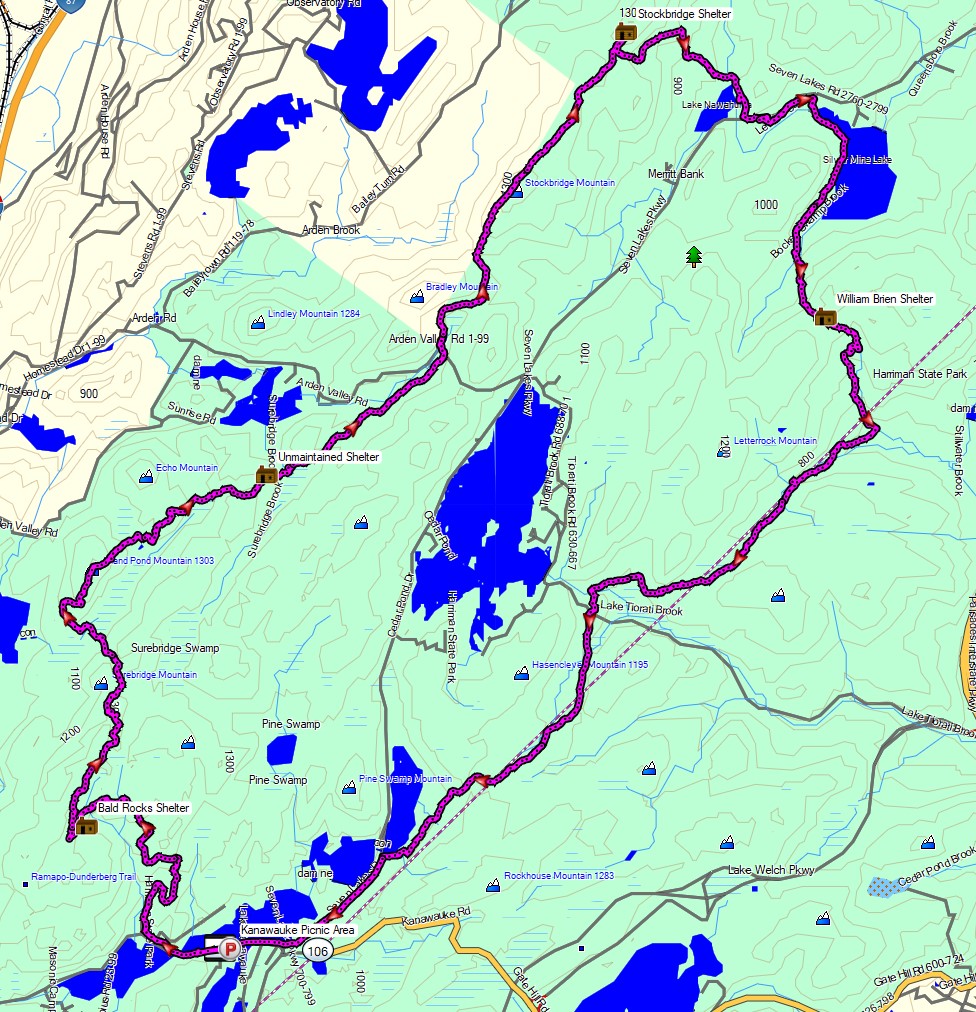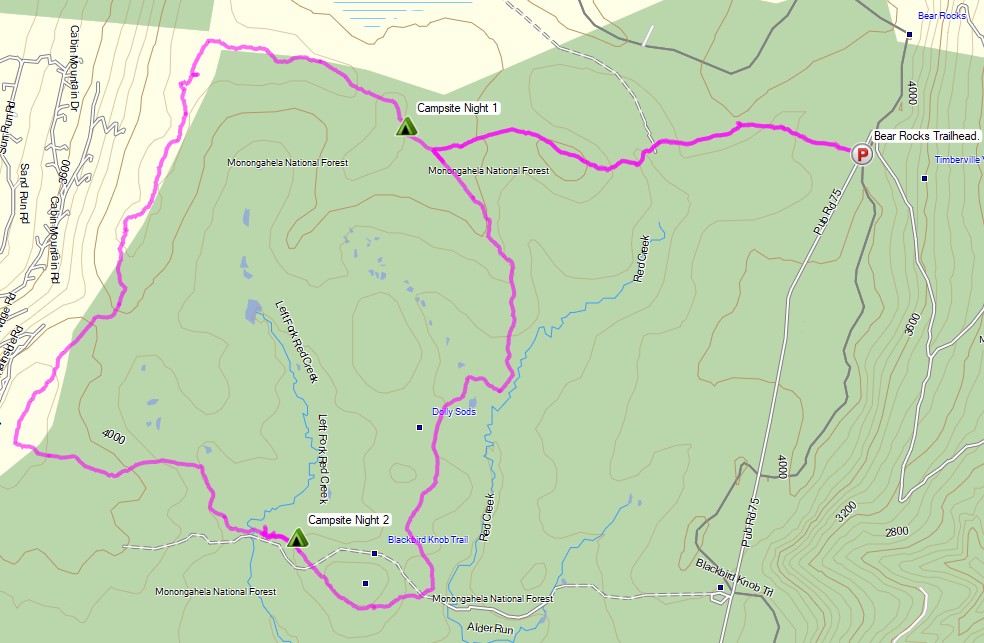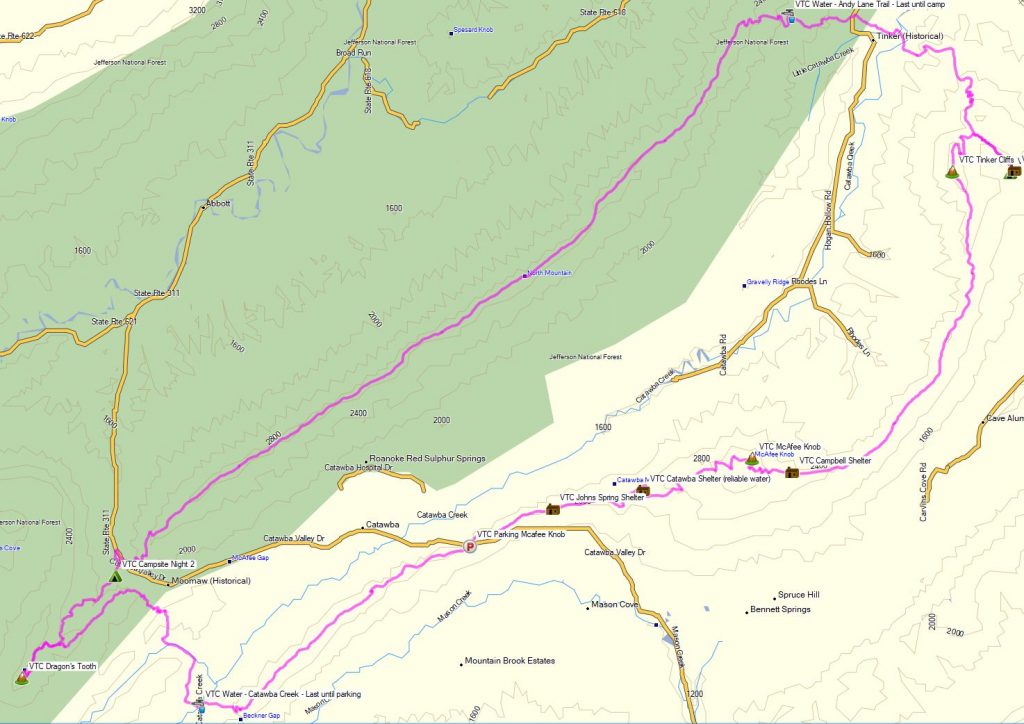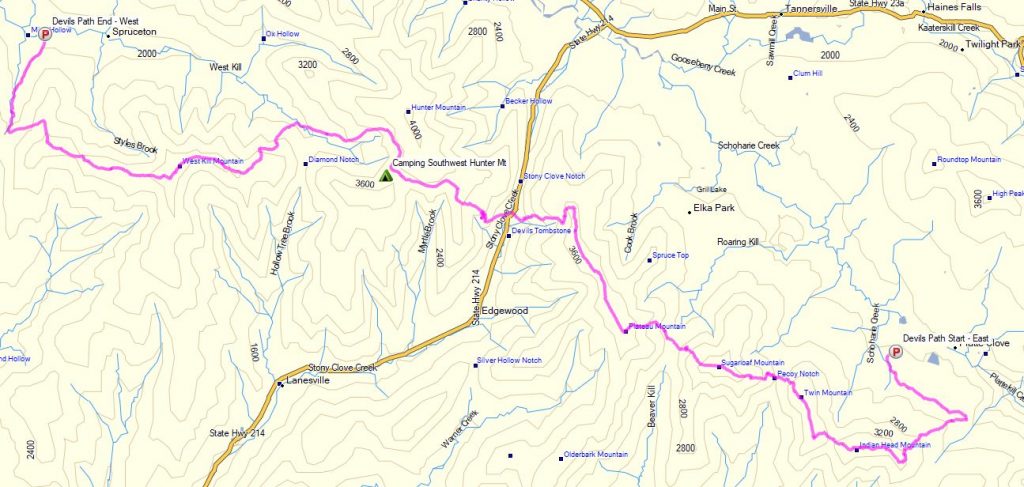Backpacking & Solo Winter Camping during a Snow Storm on the Appalachian Trail and New York Long Path.
FTC Disclosure: This post contains affiliate links, which means I may receive a commission for purchases made through some of my links.
For this 3 day, 2 night camping trip, I decided to do a backpacking loop in New York’s Harriman State park. Despite being just a half hour north of New York City, Harriman SP offers hundreds of miles of trails, rugged mountain terrain, and rustic lean-to shelters built in the 1920’s. Covering over 47,000 acres, it stands as the second largest state park in New York and feels more like a national forest shortly after hitting the trail.
Because I did this trip in mid December with a forecast of possible snow and a temp range of just above freezing down to the teens, I figured the crowds would be at a minimum. The shelters in this area also appeared to have some great personality, so I decided to do something different – go minimal and just sleep in the shelter with a sleeping pad and a down quilt. This is a convenient and common practice for most Appalachian Trail hikers in fairer weather, but it would be a first for me in winter.
No permit is required to backcountry camp in Harriman SP, but there are rules and regulations regarding backcountry camping. Most notably, you may only setup camp within 100 yards of one of the park’s lean-to shelters. You can find more information on the official Harriman State Park website here.
Full GPS track data, including campsites, water sources, etc, for this trip and many others can be downloaded on my Trip Data Page.




